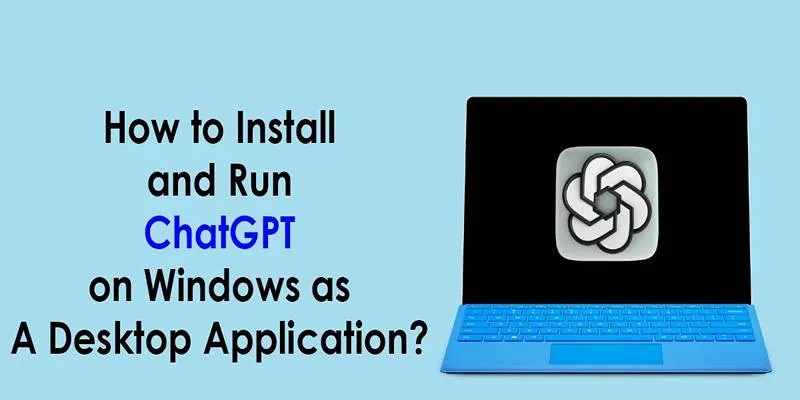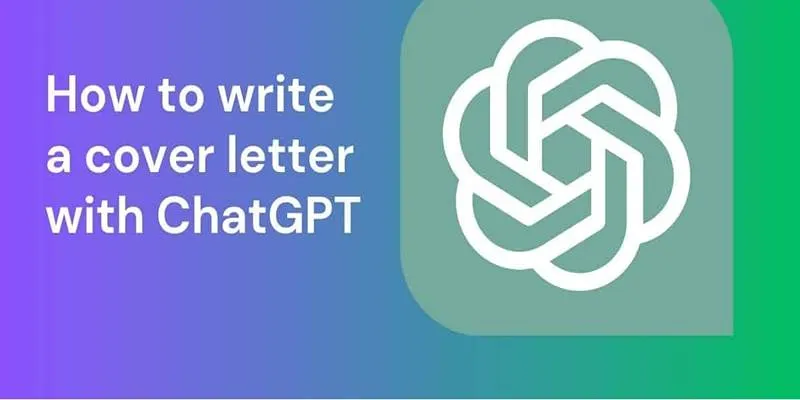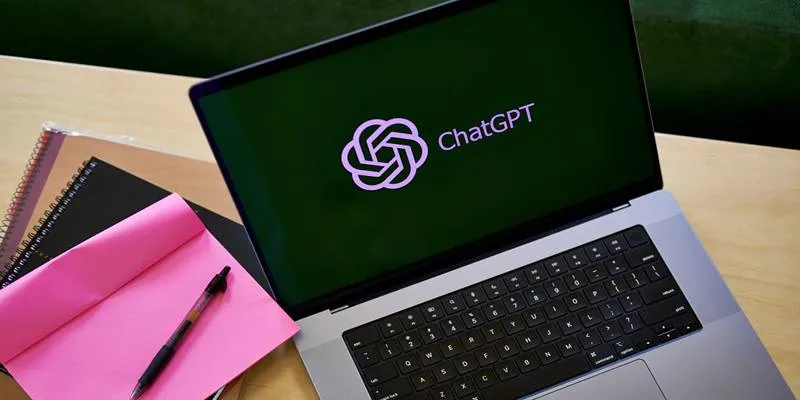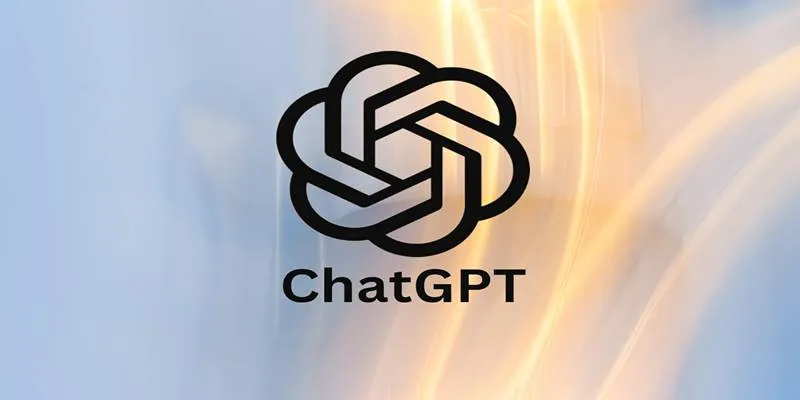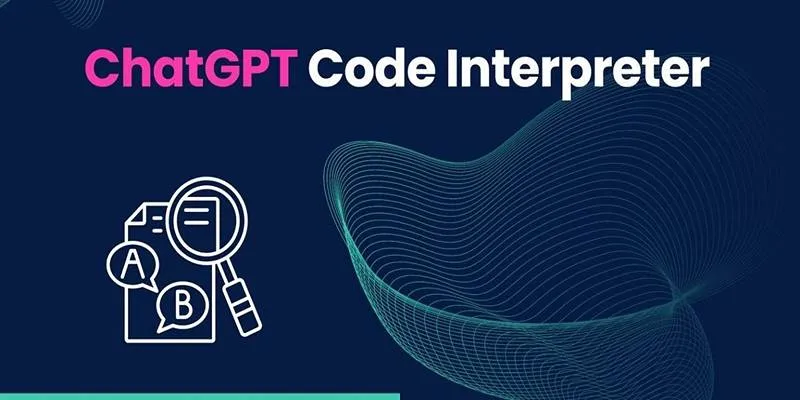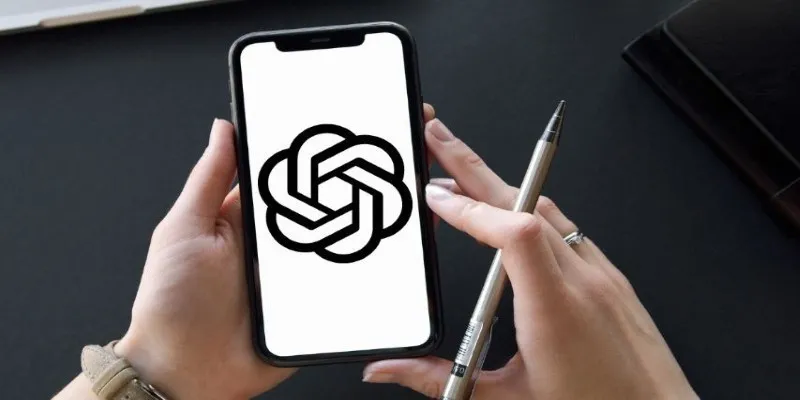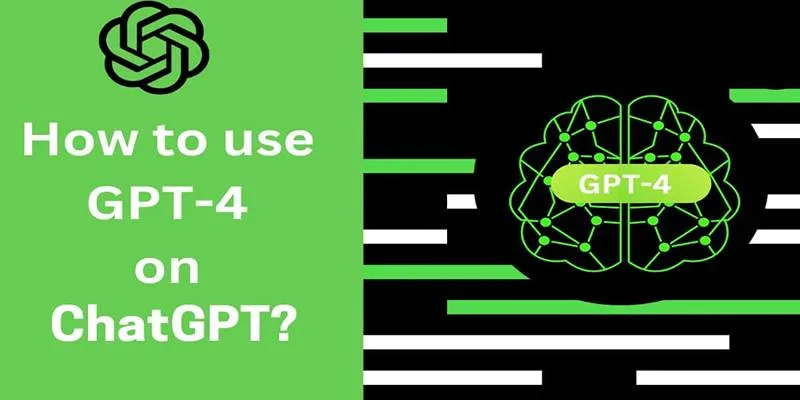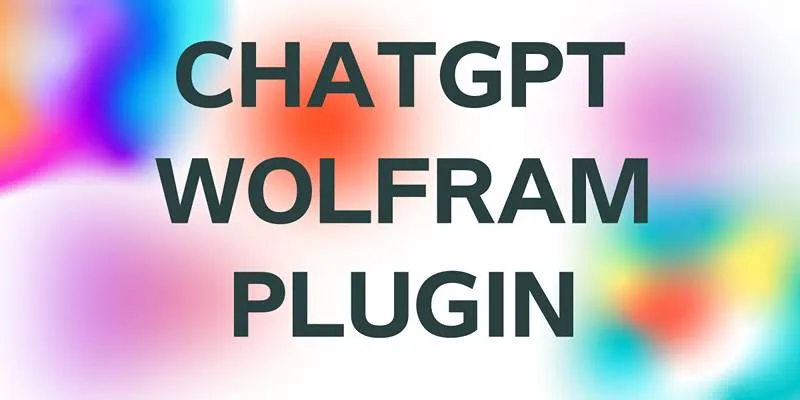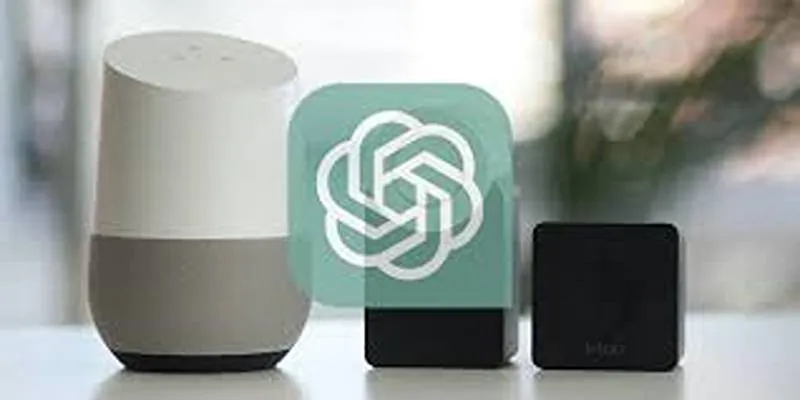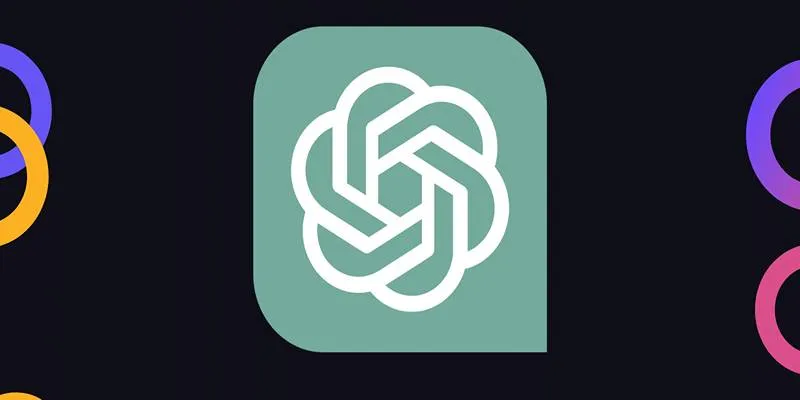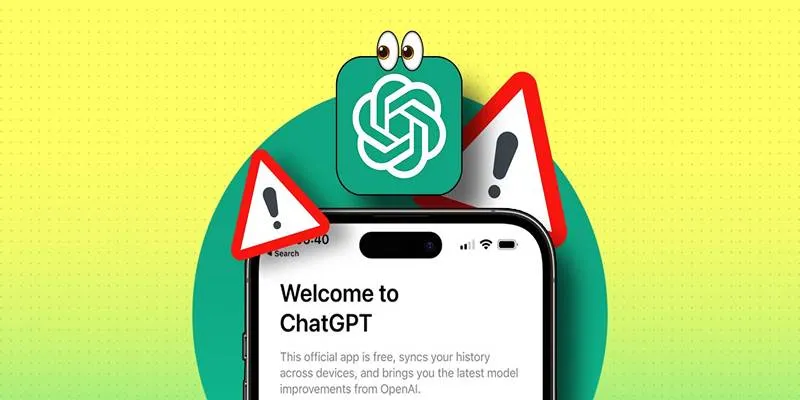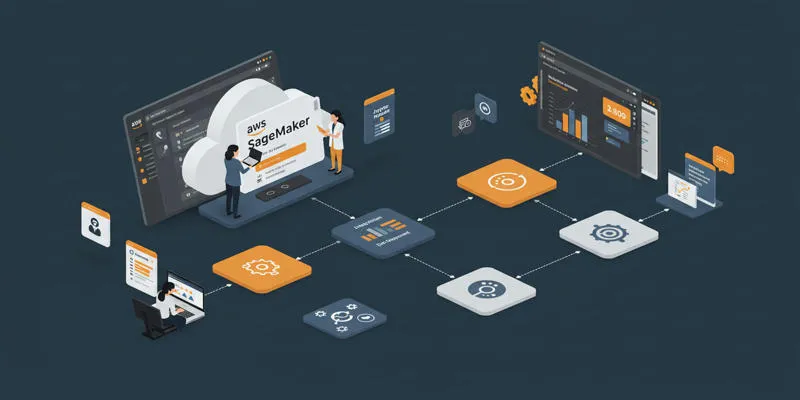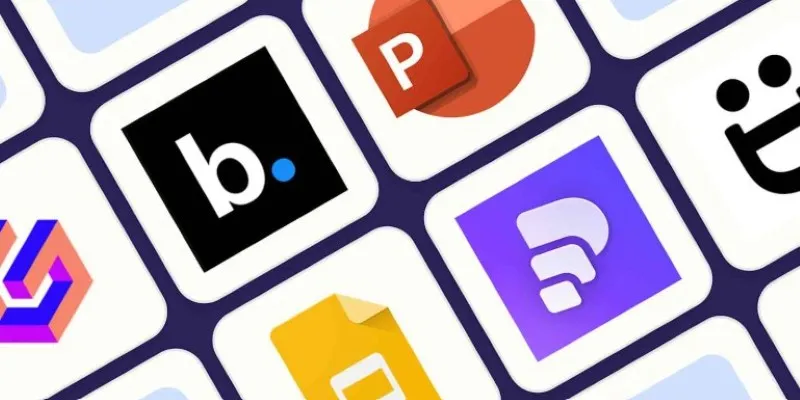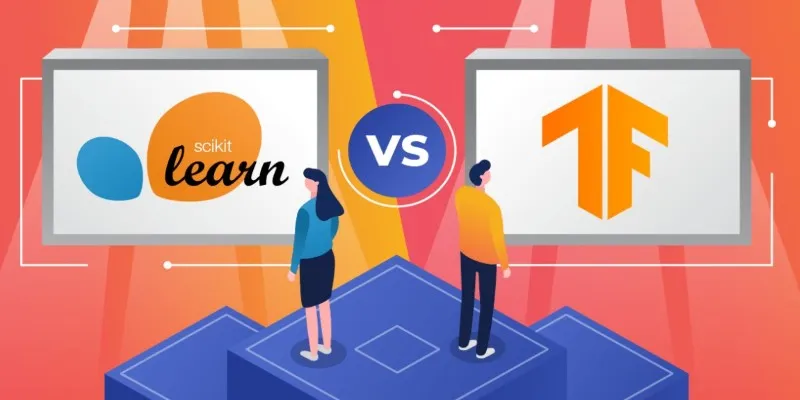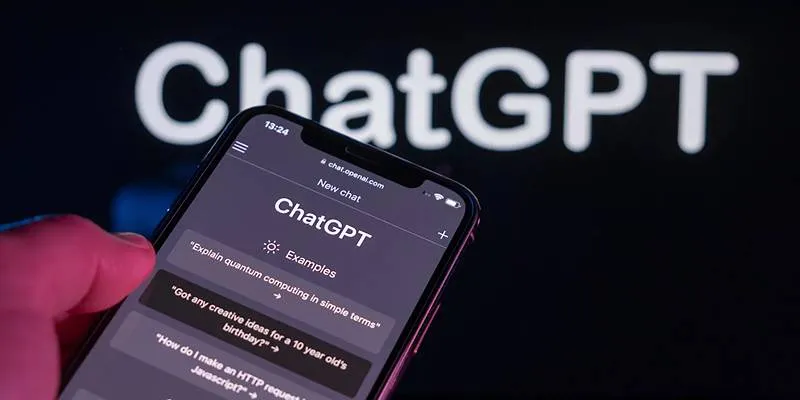The ChatGPT API has revolutionized how developers and businesses integrate AI into applications. Whether you’re building a chatbot, automating content generation, or enhancing customer support, obtaining an API key is your first step. In this guide, we’ll walk you through how to get a ChatGPT API key, understand pricing, and start using OpenAI’s powerful tools.
Register an OpenAI Account
Before accessing the ChatGPT API, you’ll need an OpenAI account. Here’s how to create one:
-
Visit the OpenAI Website
Go to OpenAI’s official website and click “Sign Up” in the top-right corner. -
Provide Email and Password
Use a valid email address and create a strong password. Alternatively, sign up with Google or Microsoft accounts. -
Verify Your Email
Check your inbox for a confirmation link from OpenAI. Click it to activate your account. -
Complete Phone Verification
OpenAI requires phone verification for security. Enter your mobile number to receive a code via SMS. -
Log In to Your Dashboard
Once verified, log in to your OpenAI account. You’ll see options for APIs, billing, and documentation.
Pro Tip: Use a phone number that can receive SMS; VoIP numbers (e.g., Google Voice) are often rejected.
Access Your ChatGPT API Key
After setting up your account, follow these steps to generate your API key:
-
Navigate to the API Section
In your OpenAI dashboard, click “API Keys” in the left sidebar. -
Create a New API Key
Click “Create New Secret Key.” Name it (e.g., “Project X Bot”) for easy identification. -
Copy and Secure the Key
The API key will appear once. Copy it immediately and store it securely (e.g., a password manager). If lost, you’ll need to regenerate it.
Security Note: Never share API keys publicly. Exposed keys can be misused, leading to unexpected charges.
Understanding ChatGPT API Pricing
OpenAI follows a pay-as-you-go pricing model, where charges are based on the number of tokens used. You can always find the most up-to-date rates on the official OpenAI Pricing page.
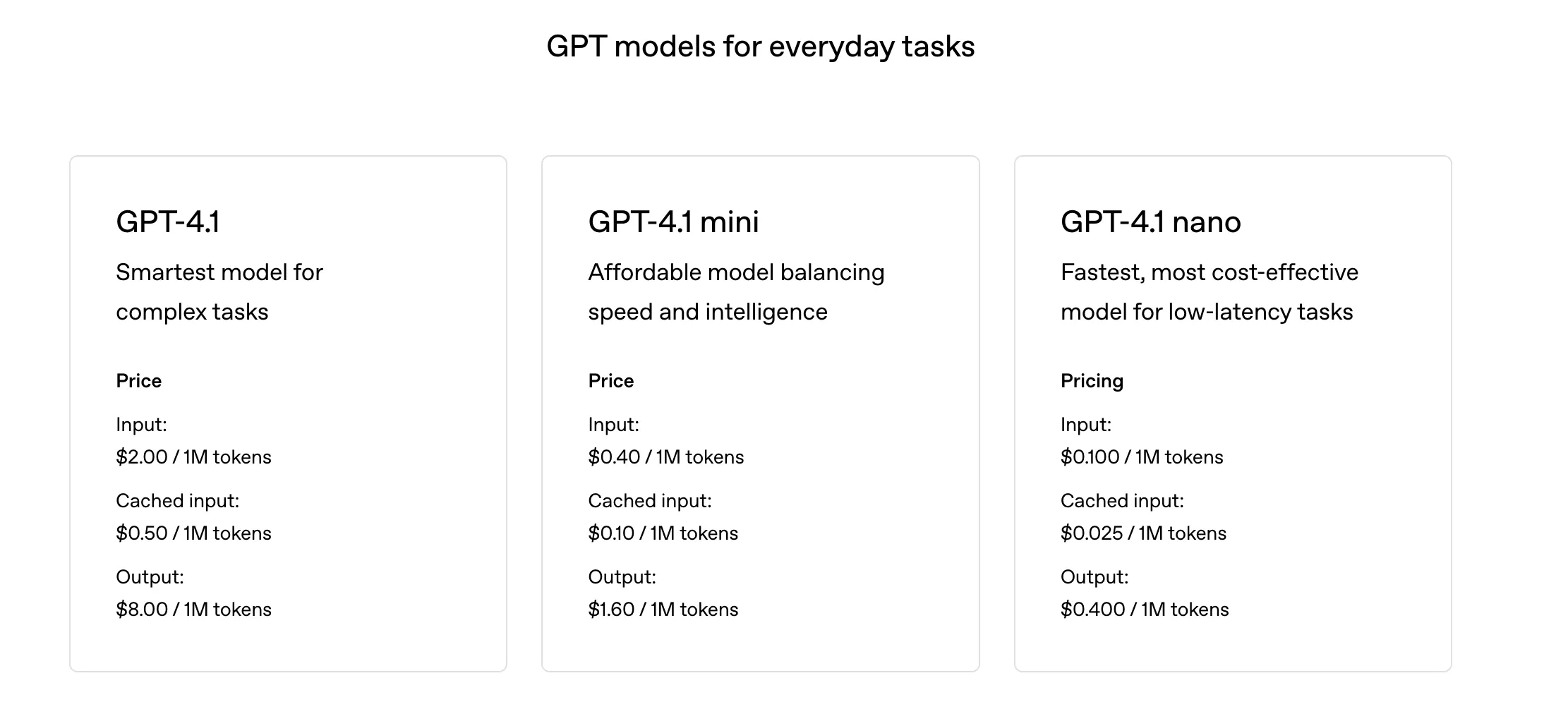
As of May 2025, here’s a breakdown of current pricing for various models:
| Model | Price per 1M Tokens | Usage Type |
|---|---|---|
| GPT-4.1 | $2.00 | Input/Output |
| GPT-4.1 mini | $0.40 | Input/Output |
| GPT-4.1 nano | $0.10 | Input/Output |
| OpenAI o3 | $10.00 | Input/Output |
| OpenAI o4-mini | $1.10 | Input/Output |
What’s a Token?
1 token ≈ 4 characters of English text. For example, the sentence “Hello, world!” is 5 tokens.
Free Trial Credits:
New users receive $5–$18 in free credits valid for the first 3 months. Check your dashboard for eligibility.
Cost-Saving Tips:
- Monitor usage via the OpenAI dashboard.
- Optimize API calls by limiting response lengths.
- Use
streamparameters for real-time interactions to reduce latency.
Integrate the API Key into Your Application
With your API key ready, you can start coding. Here’s a Python example using the openai library to translate my hugo article:
import openai
import sys
import os
from glob import glob
from datetime import datetime
LANGUAGE = 'Spanish'
def revise_content(content, api_key):
"""Sends the content to ChatGPT and asks for revision."""
openai.api_key = api_key
try:
response = openai.ChatCompletion.create(
model="gpt-4o",#"gpt-3.5-turbo",
messages=[
{
"role": "system",
"content": (
"You are an expert SEO editor, hugo exprties and writing assistant. "
f"Your job is to translate my hugo article to native {LANGUAGE}; For front matter, keep categories, tags, url,keywords in english, only title,subtitle, description needed translate to {LANGUAGE}"
)
},
{
"role": "user",
"content": (
f"Please translate the following hugo blog article to native {LANGUAGE} blog ,enhance SEO, improve clarity, and ensure better readability. And need to keep article looks like human writer, only raw rawcontent needed"
"\n\n"
f"{content}"
)
}
],
temperature=0.7
)
return response['choices'][0]['message']['content'].strip()
except Exception as e:
print(f"API Error: {e}")
sys.exit(1)
def main():
api_key = os.getenv("OPENAI_API_KEY")
limit = 20
if not api_key:
print("Please set your OpenAI API key in the OPENAI_API_KEY environment variable.")
sys.exit(1)
if len(sys.argv) == 1:
mdfiles = glob("content/2025*.md")
mdfiles = sorted(mdfiles,key=lambda f: datetime.strptime('-'.join(os.path.basename(f).split('-')[:3]), '%Y-%m-%d'),reverse=True)
count_num = 0
for filename in mdfiles:
newfn = filename.replace('content/', 'escontent/')
if count_num >= limit:
break
if os.path.isfile(newfn):
#print(f"{newfn} already edited, pass")
continue
content = open(filename, encoding='utf-8').read()
header = content.split('---')[1]
article = content.split('---')[-1]
#revised = revise_content(article, api_key)
revised = revise_content(content, api_key)
os.makedirs(os.path.dirname(newfn), exist_ok=True)
with open(newfn, 'w', encoding='utf-8') as f:
#f.write(f'''---\n{header}---\n''')
f.write(revised)
print(f"Edited: {newfn}")
count_num += 1
#sys.exit()
elif len(sys.argv) == 2:
filename = sys.argv[1]
if not os.path.isfile(filename):
print(f"File not found: {filename}")
sys.exit(1)
newfn = filename.replace('content/', 'escontent/')
if os.path.isfile(newfn):
print(f"{filename} already edited")
sys.exit(1)
content = open(filename, encoding='utf-8').read()
header = content.split('---')[1]
article = content.split('---')[-1]
#revised = revise_content(article, api_key)
revised = revise_content(content, api_key)
os.makedirs(os.path.dirname(newfn), exist_ok=True)
with open(newfn, 'w', encoding='utf-8') as f:
#f.write(f'''---\n{header}---\n''')
f.write(revised)
print("\n--- Revised Content ---\n")
print(revised)
else:
print("Usage: python trans.py <filename>")
sys.exit(1)
if __name__ == "__main__":
main()
Need Help?
- Explore OpenAI’s API documentation
- Join forums like Reddit’s r/OpenAI for community support.
- contact my email
Best Practices for API Usage
Monitor Usage
Set spending limits in your OpenAI dashboard to avoid surprises.
Handle Errors Gracefully
Implement retry logic for rate limits (e.g., 1,000 requests/minute for GPT-4).
Stay Updated
Follow OpenAI’s blog for model updates (e.g., GPT-4o’s 128k context window).
Experiment with Parameters
Adjust temperature (creativity) and max_tokens (response length) to suit your needs.
Final Thoughts
Getting a ChatGPT API key unlocks endless possibilities for AI-powered projects. By registering an OpenAI account, generating your key, and understanding pricing, you’re ready to innovate. Start small with the free credits, optimize your token usage, and scale as needed.
Ready to Begin? Head to OpenAI and create your account today!
FAQs
Q: Is the ChatGPT API free? A: No, but new users get free trial credits. After exhaustion, you’ll pay per token. If you run out of credits, you can always switch to online web version.
Q: Can I share my API key? A: No—keys are tied to your account and billing. Share only with trusted team members.
Q: Are there usage limits? A: Yes, based on your tier. Free trials have lower limits than paid plans.
Q: How do billing cycles work? A: OpenAI charges monthly. Add a payment method in your dashboard settings.
 zfn9
zfn9
